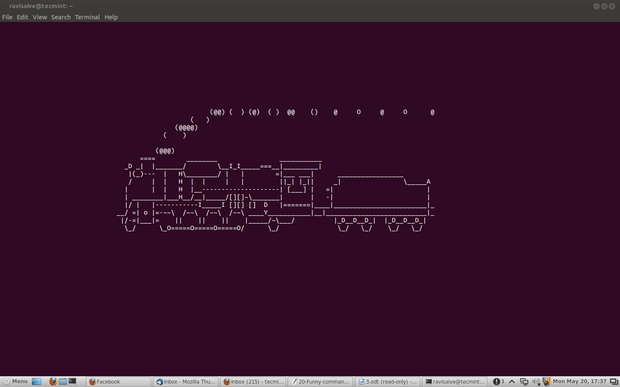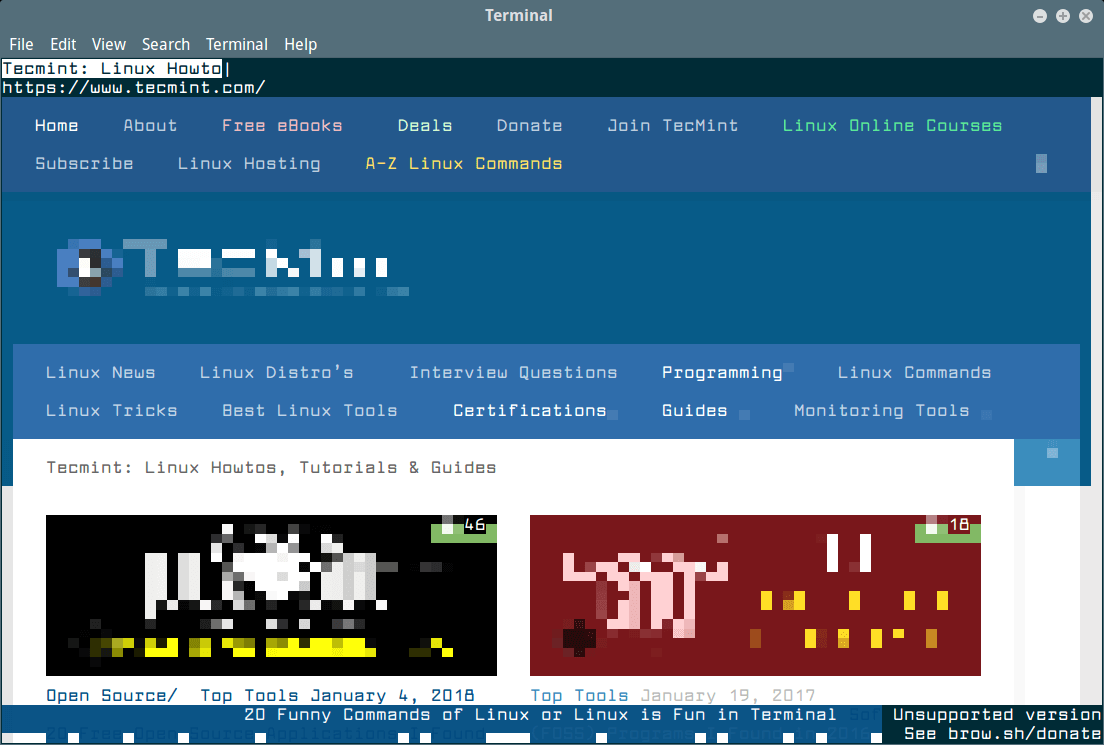

Send ICMP ECHO_REQUEST packets to a network host. Show advanced crosh commands primarily used for debugging. First up is a table of commands, and then later in the page, you’ll find a quick and dirty guide (originally posted as its own article) on actually getting into and using the cross environment.
#Coolest command prompt commands full
Need help with a command? Simply append /? to the end, or you can use the help command to get a full list of available commands.įor more information on a specific command, type HELP command-nameĪSSOC Displays or modifies file extension associations.ĪTTRIB Displays or changes file attributes.īREAK Sets or clears extended CTRL+C checking.īCDEDIT Sets properties in boot database to control boot loading.This page has two sections.
:max_bytes(150000):strip_icc()/systeminfo-command-58112ef35f9b58564ca3f00e.png)
This is the “swag way” to shut down a computer. The first one is the background color, and the second one is the text color. It takes 2 alphanumeric characters from 0 to F. Is the default black-and-white color scheme too boring for you? You can change the colors with the color command. Want to repeat a previous command? Press the up and down arrow keys to scroll through your previous commands – No need to retype everything. If you want to remove the folder entirely (all the files and folders contained within), add a /S option at the end.ġ5) FILE COMPARE D:\http>comp doge.txt cate.txt /Aįinally, this is a not-so-useful command that compares 2 files and shows you the differences between them. To remove a folder, we have to use the rmdir command instead. Please take note that the previous del command will only delete files, but not remove the folder itself. This can get irritating when moving a large number of files, so use replace SOURCE TARGET if you just want to replace everything.ġ1) RENAMING FILES AND FOLDERS D:\http>ren README.txt READLATER.txtġ2) CREATING A NEW FOLDER D:\http>mkdir myNewFolderġ3) DELETING FILES D:\http>del READLATER.txtġ4) REMOVING FOLDERS D:\http>rmdir myNewFolder /S So if you want to copy everything, including the folders within, use the slightly more advanced xcopy *.* DESTINATION /e instead.ĩ) MOVING FILES D:\http\test>move README.txt d:\http\tempĭon’t think this one needs explanation, move is the cousin of copy and the usage is the same – move SOURCE DESTINATION.ġ0) REPLACING FILES AND FOLDERS D:\http\test>replace READLATER.txt d:\http\tempīy default, copy and move will prompt if you want to replace existing files. Now, the problem with copy is that it only copies files, but not the folders within. To copy all the files in the current directory, use copy *.* DESTINATION.Ĩ) X-COPY D:\http\test>xcopy *.* d:\http\temp /e To copy a file, simply specify the source file and destination – copy SOURCE DESTINATION. Hit exit when done, and this will close the current session.įILE ACTIONS 7) COPYING FILES D:\http>copy README.txt d:\http\temp When the screen gets too messy, use cls to clear the screen.įrom the command prompt, we can also launch various apps.Ĭaptain Obvious to the rescue again.

to go up one level, or cd/ to go all the way back to the root of the current drive. For the above example, we can just type out cd h and press tab to cycle through the list of folders starting with “h”.Īnother way to use the cd command is to enter a full file path.

There is one trick here – We don’t actually need to type out the full folder name. Next, we have the cd command… Should be Captain Obvious, changes the current directory. To list the contents of the current folder, use the dir command. If you want to change the current directory to another drive, simply enter the drive letter – For example d: or e.Ģ) LIST CONTENTS OF CURRENT DIRECTORY D:\>dir That is, the current location is at the C:\ drive, inside the default Users\NAME folder. This should pretty self-explanatory, it is your “current directory”. When the command prompt is launched, all that is staring back is a C:\Users\NAME.
#Coolest command prompt commands windows
Now that you have launched the command line, here are some of the basic commands to know.īASIC NAVIGATION 1) CHANGING THE CURRENT DRIVE Microsoft Windows


 0 kommentar(er)
0 kommentar(er)
